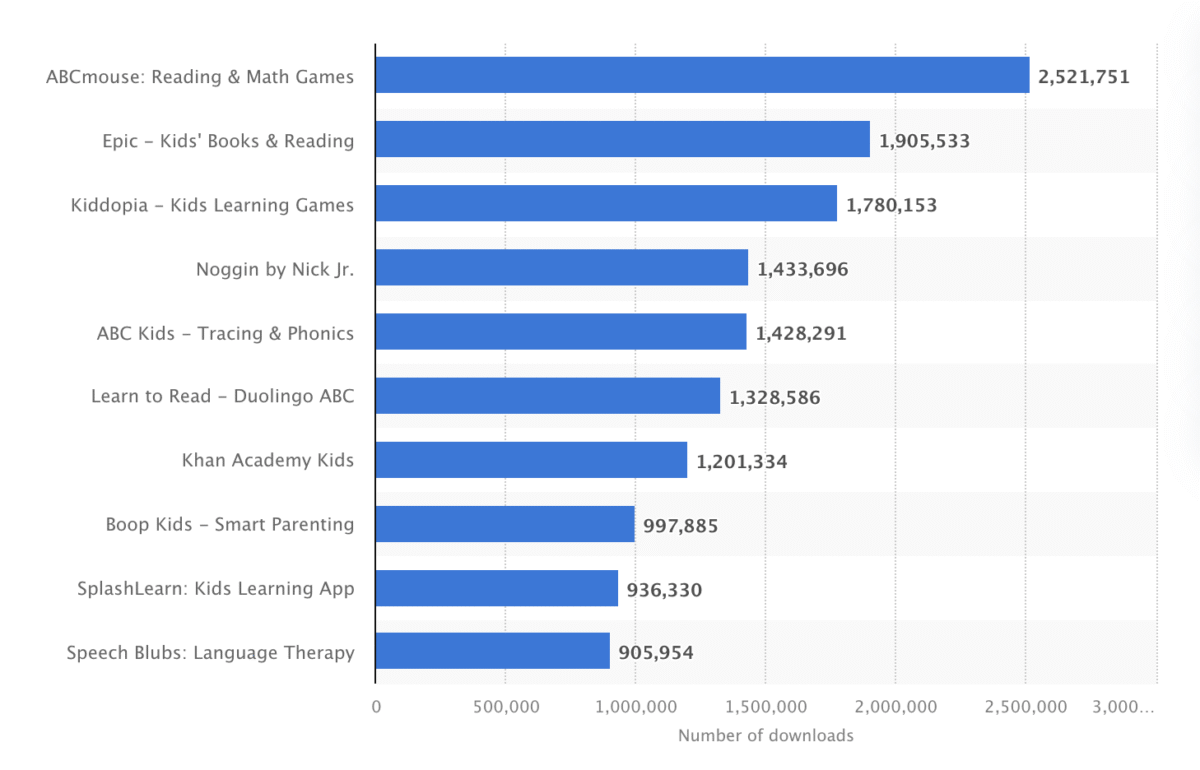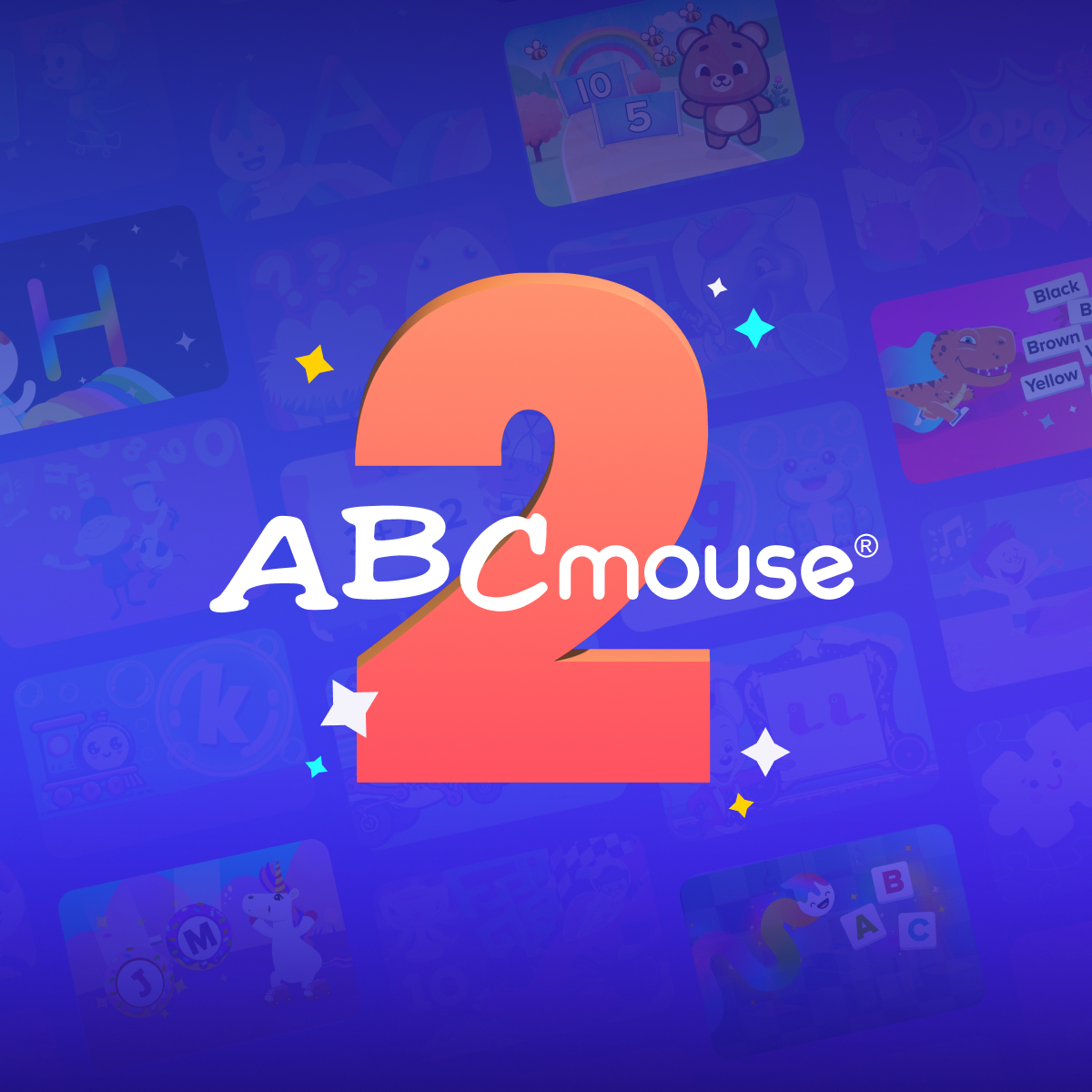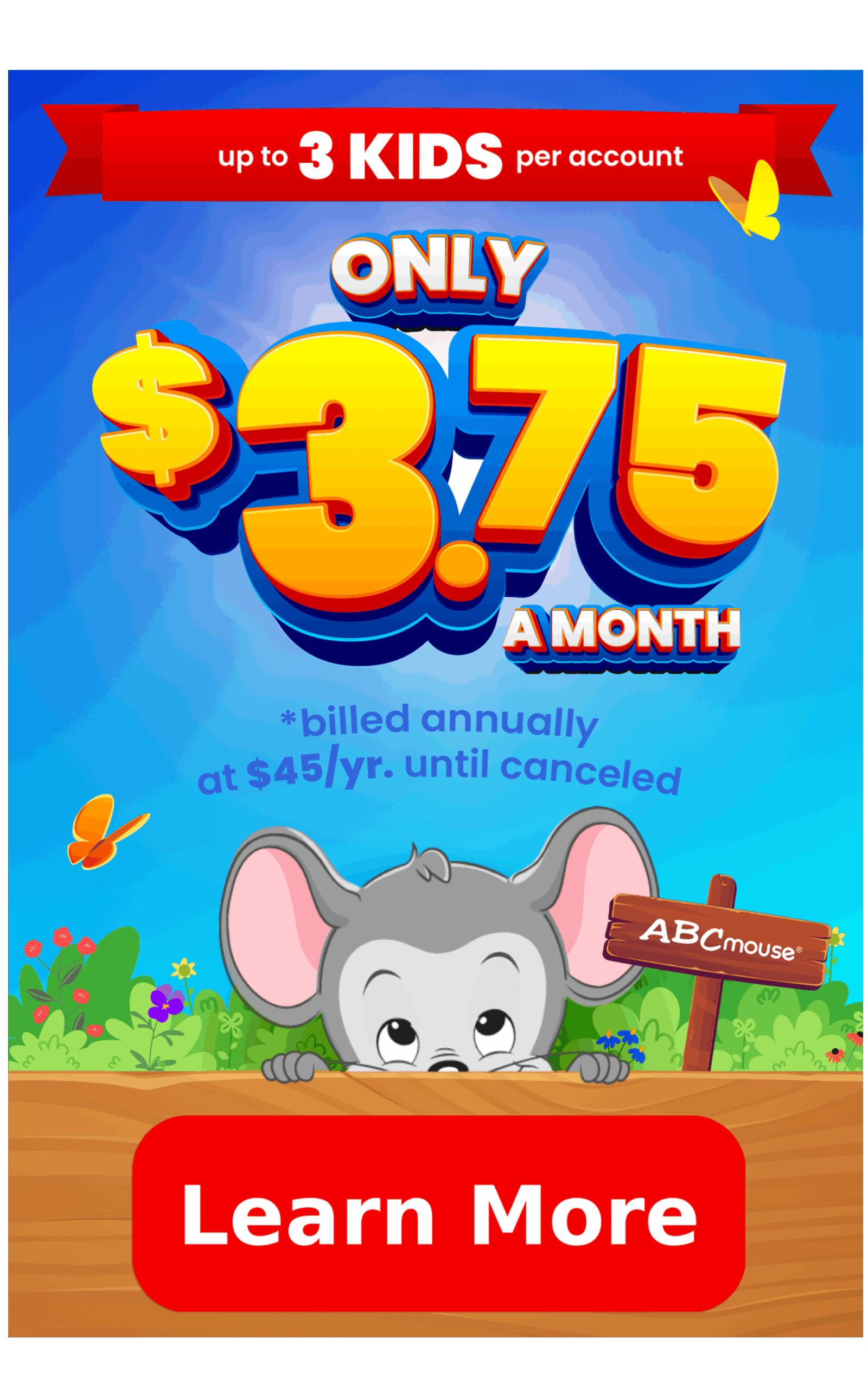
Education App Statistics Every Parent Should Know (2025 Report)
From mobile device usage to proven learning results, explore what current data says about educational apps for kids.
Table of Contents – Jump to Each Section
Quick Statistics: Kids Educational Apps & Screen Time
How Many Kids Use Education Apps?
In 2025, mobile devices are a regular part of daily family life for most, and that includes the youngest members. In fact, 68% of kids ages 0 to 8 spend time watching, playing, and/or learning on smartphones and tablets. (Common Sense Media) The children’s app market is booming, with many of them marketed as educational. But not all of these apps provide meaningful learning. Understanding more about education app statistics can help parents make informed decisions about their children’s screen time.
Take a look at key data from trusted sources, and explore what it means for families in 2025—from how often kids use devices to what research says about the effectiveness of learning apps, parent concerns, and market trends.
Quick Statistics: Kids Educational Apps & Screen Time

Education App Statistics (2025)
- A 2025 summer study found that 72% of parents reported their kids (ages 2–8) used educational apps over the summer, jumping up from 66% the previous year. (Pixelkin)
- In the United States, Gen Z kids are 107% more likely to use educational apps than the general population. (Business of Apps)
- By the age of 2, 40% of kids in the U.S. have their own tablet. This number increases to 58% by the age of 4. By age 8, nearly 1 in 4 children have their own cellphone. (Common Sense Media)
Kids Screen Use Statistics (2025)
- Toddlers and preschoolers (ages 0 to 4) spend an average of about 1.5 hours a day using screens. For kids ages 5 to 8, that number jumps to about 3.5 hours a day. (Common Sense Media)
- About 3 in 4 parents are enthusiastic about screen media as a tool for children to learn new things (75%) or explore new interests (72%). (Common Sense Media)
- 42% of parents co-play apps or games on mobile devices with their child (ages 0 to 8). (Common Sense Media)
How Many Kids Use Education Apps?
Educational apps are incredibly popular, with nearly 940 million downloads in 2023. They make up the second largest sector in the Google Play Store, and the third largest in the Apple App Store.(Business of Apps)
This widespread adoption didn’t happen overnight. The COVID-19 pandemic accelerated the adoption of educational apps, with users surging from 185 million in 2019 to 270 million in 2020—a 46% increase in just one year. This momentum continued, reaching 350 million users by 2022 and increased by another 18% in 2023. (Adjust)
While the exact number of educational app users are not yet available for 2024 and 2025, according to Coolest Gadgets, “Mobile Edtech Apps Statistics stated that the K–12 Education category comprised the largest market, accounting for over 45.9% of all mobile EdTech app usage in 2024.”
Key Takeaway:
Most kids in the U.S. use their own devices to play and learn by the age of 8. With educational apps making up a huge share of the market, parents can make the most of screen time by steering kids toward high-quality, research-backed learning apps.

Top Learning Apps
In the overall learning apps market (including all users, adults, and children), Duolingo dominates the market, with 71.4 million downloads in the first half of 2024 alone. Duolingo’s biggest offering is world languages, though they’ve recently branched out into topics like music and chess. (Coolest Gadgets)
In the children’s educational apps market, ABCmouse had more than 2.5 million downloads in 2023, leading the market by a substantial number. ABCmouse covers a comprehensive array of subjects for kids ages 2 to 8, including math, reading, STEM, social emotional learning, and more. (Statista)
Top Learning Apps for Children in the U. S. in 2023 (by Downloads)

*Image from Statista
Key Takeaway:
Preschool apps that teach a comprehensive curriculum including literacy and math skills are among the most commonly downloaded education apps. STEM, coding, and creativity apps for art and music are also on the rise.
How Parents & Teachers Choose Apps
Over 68% of parents prioritize educational value when choosing apps for their kids. Over 36% of new launches in 2024 focused on gamified learning experiences aligned with early education standards. This suggests that parents are increasingly interested in toddler and preschool education apps that make learning feel like play. (Business Research Insights).
Parents also rely heavily on user reviews and app store rankings when choosing learning apps. (Why This App?)
Teachers, on the other hand, tend to prize information about educational benchmarks, such as curriculum alignment and developmental appropriateness. Parents don’t usually show a strong preference for apps that explicitly list these features. (Why This App?)

Key Takeaway:
To help ensure children use an effective app, parents should consider looking at both user reviews and criteria like being standards-aligned. ABCmouse meets all of these benchmarks.
What This Means for Parents

Data and statistics show that learning apps are becoming a bigger part of the educational landscape every year, with numbers and engagement only expected to rise in the next decade.
Parents have more to choose from than ever before, which can feel overwhelming. By staying on top of the latest research, parents can feel more confident in choosing education apps that provide meaningful, age-appropriate learning while protecting their online safety.
Millions of families trust ABCmouse to provide a secure environment that’s free from third-party ads and where kids ages 2 to 8 can explore, play, and learn.
Learn more about choosing good educational apps for your child here. Then, compare ABCmouse to other learning apps.
You’ll find screen time with ABCmouse 2 is active and engaging, with proven benefits for kids aged 2 to 8.









